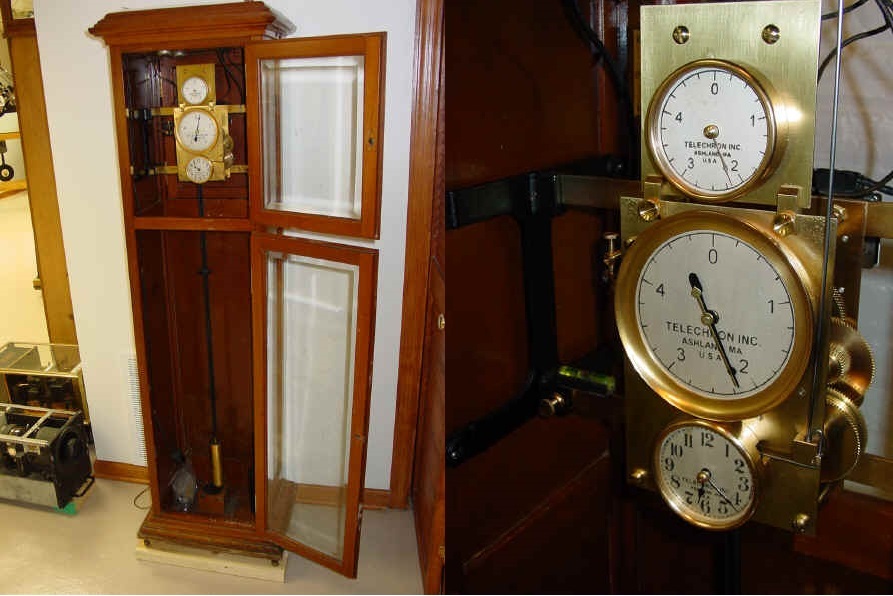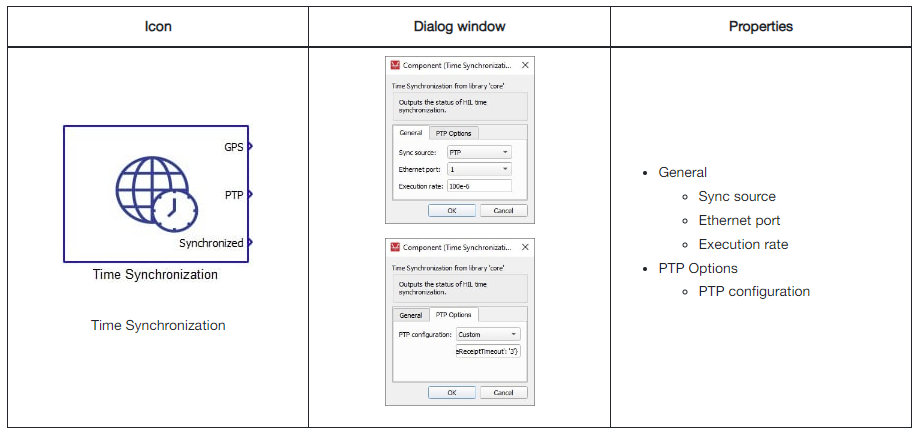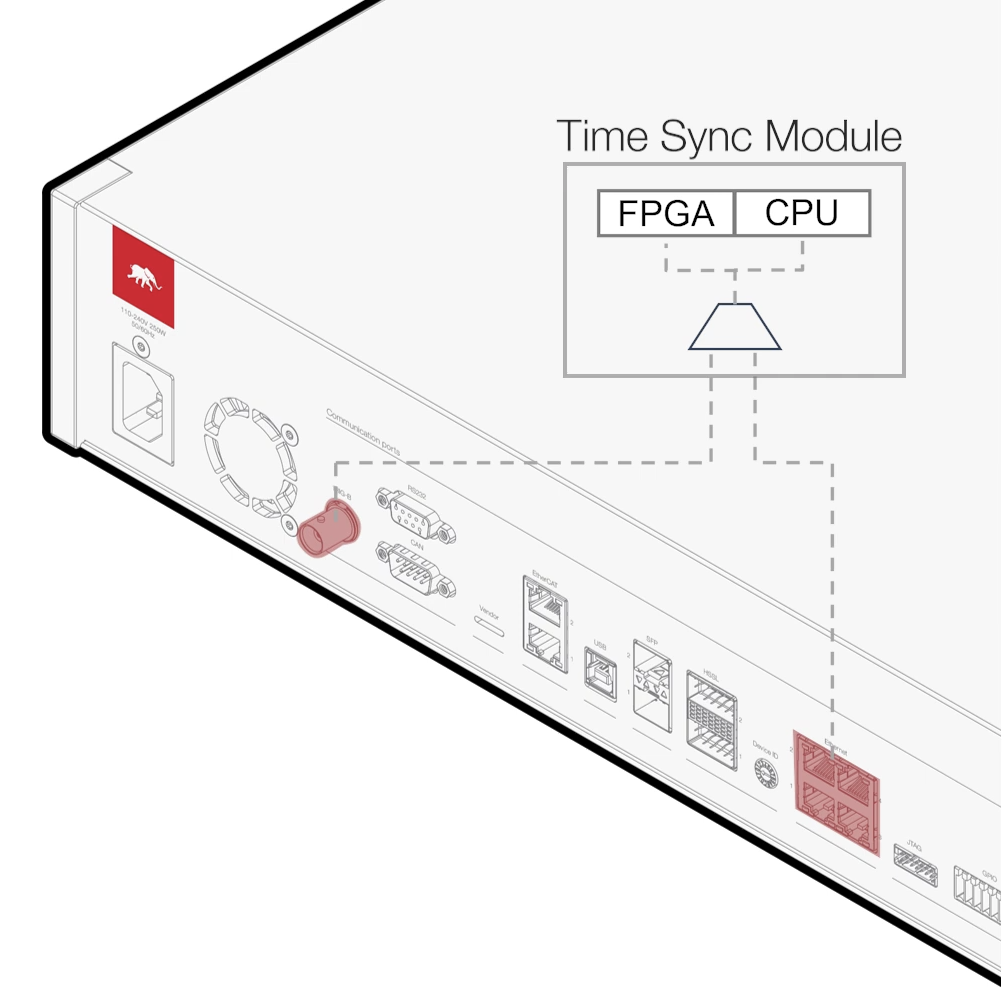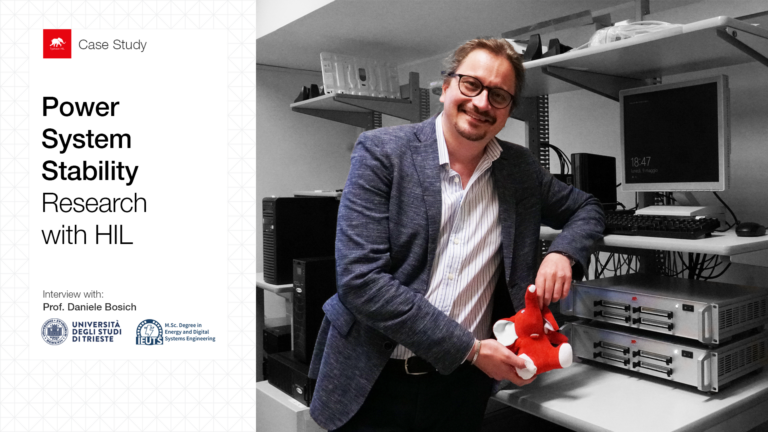Introduction | The Clock that Transformed Power Grids
In the early 20th century, power grids were vastly different from those today: they were disconnected, inefficient, and prone to inconsistencies. One of the key breakthroughs that helped stabilize and modernize electricity distribution was Henry E Warren’s invention of the master station clock. By regulating the frequency of alternating current (AC), Warren’s clock ensured the reliability of interconnected power grids, which we depend on today. This blog explores how this critical innovation shaped the future of electricity transmission and laid the foundation for modern energy infrastructure.
The Challenge | Early Power Grids and Frequency Instability
Before the introduction of the master station clock, power grids faced the challenge of maintaining a consistent frequency. Inconsistent electrical frequency posed problems for appliances that depended on a steady flow of power to operate reliably. This issue grew as electricity demand increased and power stations began distributing energy across wider areas.
Each power station operated independently, and without a standardized frequency, creating an interconnected grid was a significant challenge. The need for a reliable solution to manage and stabilize AC frequency became crucial as more industries and households started to depend on electricity.
The Solution | Henry E. Warren’s Revolutionary Clock
In 1916, engineer and inventor Henry E. Warren developed the master station clock (see Fig. 1), a solution that would revolutionize the power grid. Installed at the L Street generating station of Boston’s Edison Electric Illuminating Co., Warren’s clock worked in conjunction with a synchronous motor to regulate AC frequency at a steady 60 cycles per second.
This master station clock operated by comparing the synchronous motor’s movements to a mechanical pendulum, allowing grid operators to monitor and adjust the system’s frequency in real-time. The synchronous motor kept pace with the AC current frequency, providing a reliable measurement that ensured consistency across the grid.
The clock’s accuracy was a breakthrough that enabled power stations to synchronize their outputs, leading to the formation of interconnected grids. As more stations adopted the master station clock, they could share electricity and establish a stable power transmission network. By the 1940s, Warren’s clocks were regulating the majority of U.S. electricity lines.

The Impact | Frequency Regulation on Power Grids
The ability to maintain a stable 60-hertz frequency across power stations transformed electricity distribution from the ground up. This consistency allowed different power stations to operate as part of a larger grid, share loads, and improve efficiency. Warren’s invention was pivotal in developing the interconnected grids that form the backbone of modern electricity distribution.
Additionally, frequency regulation made power grids more reliable and resilient, minimizing disruptions and allowing for better management of electricity demand. Warren’s work on frequency regulation had ripple effects across the power industry, sparking the development of more advanced electrical systems.
While modern grids now rely on atomic clocks and other advanced technologies for frequency regulation, the principles introduced by Warren’s invention laid the foundation for power grid management systems. His invention paved the way for technologies that ensure the safety, efficiency, and reliability of today’s power systems.
Modern Grids | Time in Digital Substations
In digital substations, synchronization is crucial for smooth operations. GPS receivers provide accurate time signals from satellites, ensuring that all devices in the substation are on the same clock. This synchronization is essential for accurately recording events, coordinating protection systems, and collecting consistent data. Advanced protocols like IEEE 1588 PTP and NTP distribute these time signals over networks, keeping everything in sync down to the microsecond. Redundant systems are often employed to maintain reliability, so even if one system fails, the substation can continue to operate smoothly. This precise timing helps maintain the stability and reliability of the power grid. How global time synchronization is implemented in the Typhoon HIL environment is demonstrated in the video tutorial below, while you can also read more about it on the Time Synchronization documentation page.
The properties of the Time Synchronization library component shown in the tutorial video are shown in Fig. 2, while you can observe the source selection options illustrated in Fig. 3.


Conclusion | A Lasting Legacy in Power Grid Management
Henry E. Warren’s master station clock not only solved the issue of inconsistent electrical frequency but also played a critical role in the development of the interconnected power grids we rely on today. His innovation marked a key turning point in energy infrastructure, enabling the reliable and efficient distribution of electricity on a large scale.
Though technology has evolved, Warren’s legacy endures in the principles of frequency regulation that continue to drive power grid stability. His contribution remains a cornerstone of modern energy systems, demonstrating how a single invention can transform an entire industry.
Access Additional Resources
Credits
Author | Debora Santo, Simisa Simic
Visuals | Karl Mickei
Technical Editor | Simisa Simic
Blog Editor | Dovlyn Curtis, Debora Santo
Note | This article was inspired by an IEEE Spectrum article published on February 28, 2024, written by Allison Marsh, a professor at the University of South Carolina, which you can read here.



